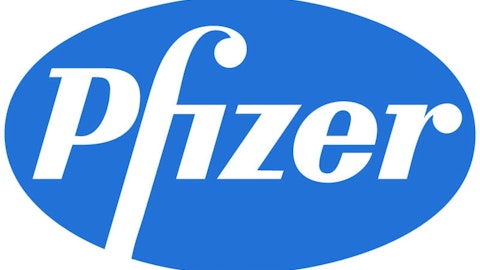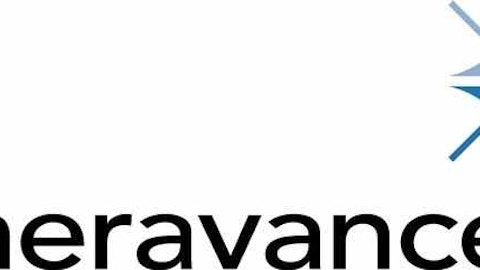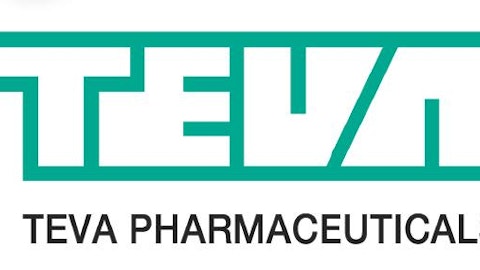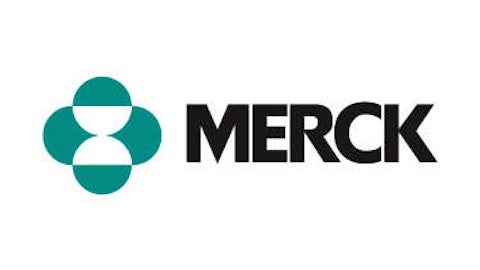
This epidemic of high cholesterol levels across the nation is often associated with unhealthy diets and sedentary lifestyles, leading to the rising demand for cholesterol treatments from pharmaceutical companies. Let’s take a look at some of the more established and speculative products in the market today.
The party’s over for Pfizer and Merck
The past decade was primarily dominated by Pfizer Inc. (NYSE:PFE) and Merck & Co., Inc. (NYSE:MRK), which respectively produced Lipitor (atorvastatin) and Zocor (simvastatin), two widely used high LDL cholesterol treatments. Both Lipitor and Zocor are statin treatments, which slow the liver’s ability to produce LDL. However, statin treatments can cause a wide array of side effects, including muscle pain, liver damage, digestive problems, rashes, elevated blood sugar levels, and neurological side effects.
Those side effects, some rarer than others, have been a major reason that many Americans avoid taking high LDL medications, especially since many high cholesterol cases can be controlled through an improved diet and frequent exercise. However, both Lipitor and Zocor have been shown to significantly lower high LDL cholesterol — by 57% and 47% (at their highest doses), respectively, making them viable options for high-risk patients.
Although Pfizer Inc. (NYSE:PFE) and Merck & Co., Inc. (NYSE:MRK) had a good run with these cholesterol drugs over the past decade, Lipitor’s patent protection expired in 2011, and Zocor’s expired in 2006. Since then, many generic high LDL statin treatments have hit the market, such as Watson Pharmaceuticals’ generic Lipitor and Teva Pharmaceuticals’ generic Zocor.
Non-statin alternatives
Due to the side effects of statin, there is a market for non-statin treatments. These include bile acid sequestrants, fibrates, and cholesterol absorption inhibitors. Bile acid sequestrants bind cholesterol to bile acid, which is then removed in the stool. Fibrates enable the liver to absorb more fatty acids to increase the production of HDL (“good”) cholesterol. Cholesterol absorption inhibitors allow the intestine to directly absorb LDL cholesterol with very few side effects.
Although those treatments are all possible alternatives to statin treatments, they have not replicated the massive reduction of LDL cholesterol by directly targeting the liver’s production of LDL, as statins do. That’s where a new medication, Juxtapid (lomitapide), comes in.
Could Juxtapid be a game changer?
Juxtapid, Aegerion Pharmaceuticals, Inc. (NASDAQ:AEGR) only marketed drug, is the first of a new class of LDL treatments called microsomal triglyceride transfer protein (MTP) inhibitors, which can slow the assembly of very low-density LDLs in the liver. Juxtapid is currently only approved for patients with homozygous familial hypercholesterolemia (a rare inherited disorder) who are already taking statin medications. Yet, in those patients, Juxtapid reduced LDL by 40% to 50%.
In a clinical study, 28% of patients on Juxtapid had diarrhea, nausea, vomiting, and abdominal pain. However, those side effects are minimal compared to those caused by traditional statin treatments. Liver tests are also required for patients before and after treatments, since Juxtapid can cause liver problems, according to the FDA. Therefore, patients considering using Juxtapid are required to first enroll in a Juxtapid REMS (Risk Evaluation and Mitigation Strategy) program for liver testing.
A very high-priced treatment
Investors are waiting to see if Juxtapid can break out of its niche and become a mainstream high LDL treatment, but that kind of approval could be years away. For now, Aegerion Pharmaceuticals, Inc. (NASDAQ:AEGR) can only treat its small group of patients suffering from homozygous familial hypercholesterolemia, which only affects one in a million people. Due to the rarity of the disease, a year’s supply of Juxtapid costs $295,000 — recently increased from $235,000.
Wall Street cheered that 25.5% price increase, bidding shares up 30% after the initial announcement on May 16. As a result, Aegerion Pharmaceuticals, Inc. (NASDAQ:AEGR) expects global revenue to come in between $15 million to $25 million for fiscal 2013, from treating 250 to 300 patients by the end of the year. In the long term, Aegerion Pharmaceuticals, Inc. (NASDAQ:AEGR) expects to treat a target population of 3,000 patients and generate $1 billion in annual revenue.
A Foolish final thought
In the end, Aegerion Pharmaceuticals, Inc. (NASDAQ:AEGR) is a speculative biotech play. Its top and bottom line growth relies completely on the success of a single product, and its fundamentals are all over the map.
| Forward P/E | Price to Sales (ttm) | Price to Book | Operating Margin | Return on Equity (ttm) | Total Cash | Operating Cash Flow |
| 148.13 | 1,825.13 | 4.40 | -5,478.64% | -78.29% | 140.69M | -55.24M |
Source: Yahoo Finance, July 29, 2013
However, Aegerion’s business model of selling a single expensive drug for a rare disease could pay off in the long run. In my previous article, I noted how Alexion, which markets a single treatment for two rare diseases, is now exhibiting double-digit earnings and revenue growth and attracting the interest of larger pharmaceutical companies like Roche.
Considering that shares of Aegerion are up nearly 400% over the past twelve months, investors appear to believe that Aegerion Pharmaceuticals, Inc. (NASDAQ:AEGR) could easily follow Alexion’s footsteps. It’s also easy to see former cholesterol treatment kings, Pfizer Inc. (NYSE:PFE) and Merck & Co., Inc. (NYSE:MRK), getting interested in acquiring Aegerion, which has a relatively small market cap of $2.6 billion — which will only grow larger if Juxtapid is approved as a more mainstream treatment for high LDL.
The article Will This Speculative Cholesterol Treatment Pay Off? originally appeared on Fool.com and is written by Leo Sun.
Leo Sun has no position in any stocks mentioned. The Motley Fool has no position in any of the stocks mentioned. Leo is a member of The Motley Fool Blog Network — entries represent the personal opinion of the blogger and are not formally edited.
Copyright © 1995 – 2013 The Motley Fool, LLC. All rights reserved. The Motley Fool has a disclosure policy.




